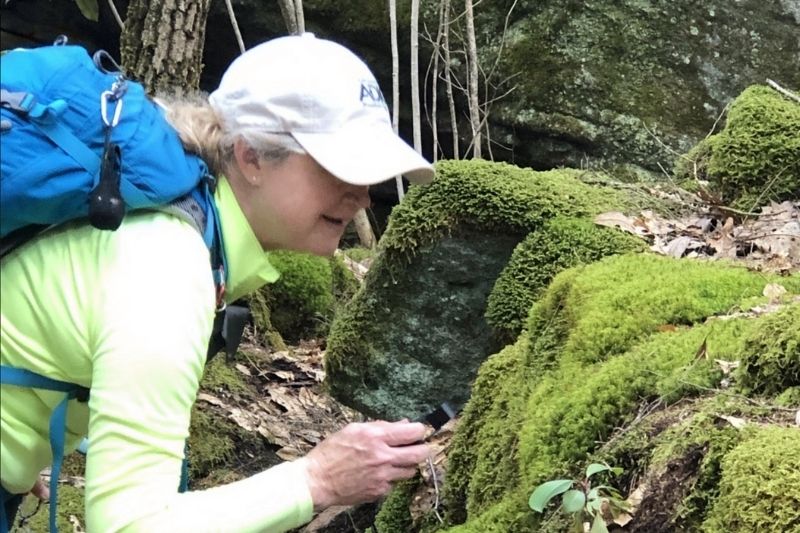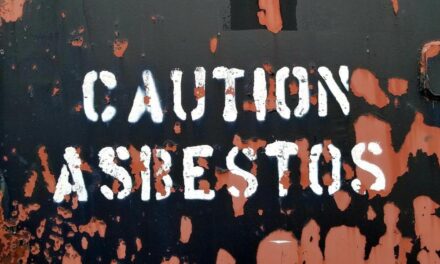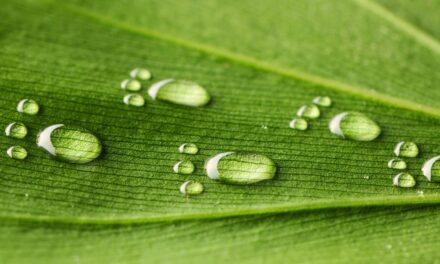Have you ever noticed an interesting or peculiar plant, insect, bird, or fungi that you wished you could identify? A bioblitz is a great way to learn what is living in your regional environment.
Join a bioblitz as a volunteer citizen scientist and help identify species near you.
“Bioblitzing” is a fun way to turn ecology into a captivating story. Getting involved is easy. You help scientists collect an inventory of increasing or decreasing species. Then, you can document how well or poor those native or non-native species are doing in their current habitat. It’s an great way to understand which native and non-native species are thriving or struggling in our ever-changing climate.
What is a Bioblitz?
A bioblitz is a collaborative, intensive field study that provides data to scientists over a specific time in a designated region. Bioblitzes can involve studying living things such as plants, animals, insects, fungi, and microorganisms. This study helps identify uncommon or unique species habitats. Scientists then use that data to protect, manage, and identify rare species.
All you need is a camera or a smartphone and an app such as iNaturalist (one of the world’s most popular citizen science data portals). Using the iNaturalist app is easy! Follow the app’s setup instructions. Then, record your observations on your preferred device, upload photos and comments, and add them to a chosen organization’s project.
There are 85,406,596 observations currently on iNaturalist. Citizen scientists get credit for their observations by providing high quality research-graded data. They can do this through photos, sound recordings, observations, GPS location, time and date of encounter, and correct identification of species.
How to find an organization with whom you may participate:
Bioblitzes are generally local affairs, so there is no need to travel far in your scientific journey. You can typically participate in bioblitz launches with the following organizations:
- Local, regional, county, state, and national parks
- Heritage, nature, and watershed conservancies
- Botanical and aquatic gardens, arboretums, science centers, Audubon societies, the National Wildlife Federation, and universities
- Government agencies such as the Department of Environmental Conservation, the Fish and Game Commission, the U.S. Department of Agriculture, the Urban Connections Programs, and the Bureau of Land Management
The time frame for a bioblitz varies.
You can bioblitz for 5-10 minutes in your backyard, viewing the world outside your door while participating in a community bioblitz project. You can also join an intense study held at a designated location over a season. The data you collect may include findings of spring ephemerals, macroinvertebrates in streams, or migrating birds.
A word of warning: bioblitzing is addicting! You may find yourself enthralled with fresh air, exercise, and a sense of purpose a bioblitz affords. Take a closer look at the world around you and discover the wonders of the natural world. Fascinating biodiversity is calling! Have fun out there!

Written by Yvonne Dwyer
Master Naturalist and OPL Content Contributor
“It is truly an honor for me to be a contributor to One Planet Life. By sharing my experiences and lifetime of learning, I hope to inspire conservation, sustainability, stewardship, and awareness of enjoying the natural wonders of the world for the wellbeing of people and the planet.”










